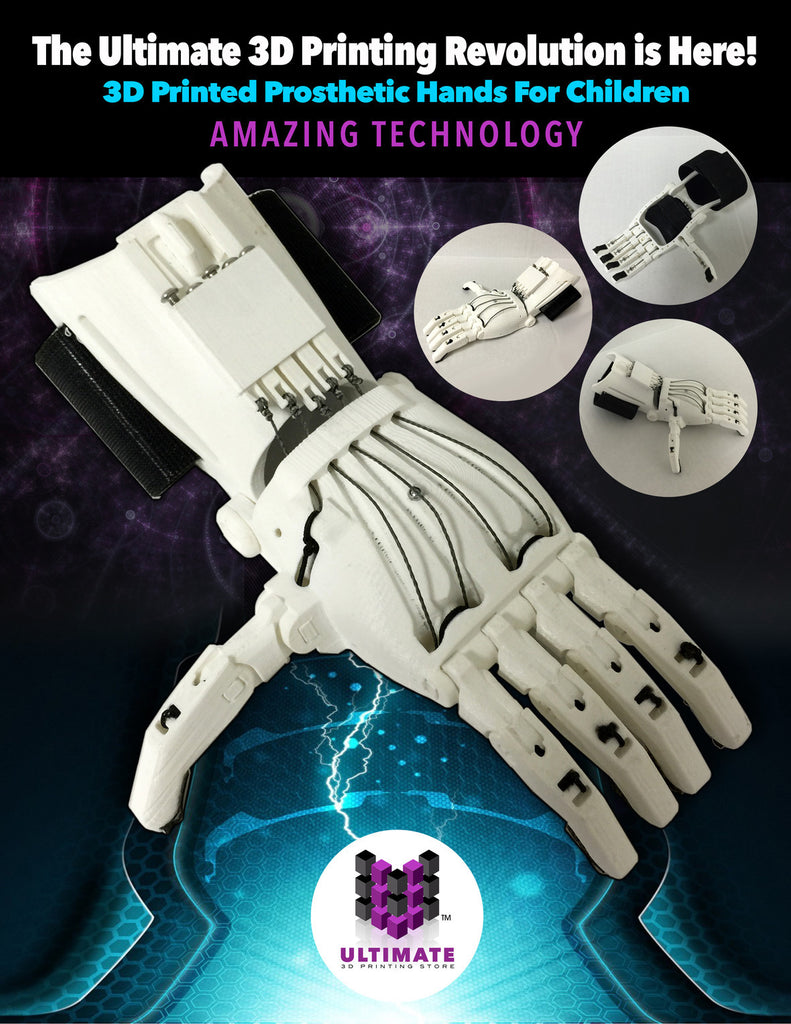The Ultimate 3D Printing Blog
What Are 3D Scanners?
Scanners and printers go together like peanut butter and jelly, but many people may not be as familiar with 3D scanners as they are with 3D printers.
Here’s the scoop - 3D scanners are devices that use advanced technology such as lasers to create a digital file of a physical object. As an accessory to a 3D printer, a 3D scanner can save users lots of time because instead of having to use digital calipers and other measuring techniques to get the specs for the item they’re going to print, they can simply scan the object and quickly get its dimensions. Like 3D printers, 3D scanners come in different sizes and price points and they’re pretty easy to use once you get the hang of it. This technology opens the door to innovation for hobbyists and professionals alike and the more accessible scanners become, more applications will be developed
How it works
Imagine taking thousands of photos of an object from every imaginable angle. That’s essentially what the lasers inside the 3D scanner do. Some 3D scanners are handheld, making them suitable for larger objects, while others can be placed on a desktop. In those models, users place the object on a platform inside the scanner and the object is rotated so it can be scanned from all angles, creating a complete picture.
Low-cost 3D scanners
It may be a bit of a stretch to call any 3D scanner “low cost” because even entry level models come with fairly high price tags. However, they’re much more affordable than the professional-grade models, which we’ll talk about in a minute. For a higher quality hobby 3D scanner, a Matter and Form V2 Portable 3D Scanner could be a great choice because it’s portable and can be folded up after use which can help prevent damage. A normal scan for this device takes about one minute, though ultra-high resolution scans may take longer. Even if the user doesn’t plan to 3D print the scanned item, the scanner can preserve the object’s dimensions digitally which would be impossible without a 3D scanner.
Professional 3D scanners
Professional 3D scanners can be pricey, but the quality, versatility and technology can justify the extra expense. Many times, these scanners are handheld, come with custom software, and can use a positioning target to help the software identify positions for a large scan. Professional scanners are great for business and professional use and can also be used for reverse engineering. By pairing a professional 3D scanner with an industrial 3D printer, users will be able to create nearly exact replicas of the original object.
Uses for a 3D scanner
The possible uses for a 3D scanner are seemingly limitless, but in the interest of time, we’ll go through a few of the most common applications:
- Reverse engineering - Instead of trying to figure out how something works through tedious and time-consuming measurements, a 3D scanner can create a digital file of the object which allows for easier observation and replication of the object.
- Exact replicating: The ability to create an exact duplicate of an item can be hugely beneficial. This increases the opportunities for manufacturing files and allows prototypes to be made, which can represent huge savings for large corporations.
- Archaeological objects: In archaeology, it’s critical to document and understand every part of an uncovered object. A 3D scanner can scan objects as they’re being excavated as well as when they’re fully removed from the site, allowing the exact state of the object to be captured. Additionally, archaeologists can scan existing rare artifacts and analyze them digitally, potentially uncovering new information.
- Education: Just about every school subject can benefit from 3D scanning technology. In math-related classes, measurements, angles and exact sizing can be analyzed from multiple computers rather than having everyone hover around one object. In a laboratory science class, students can analyze the exact state of a test experiment and will be able to review the object as it changes daily.
- Mechanical parts: A 3D scanner can help users analyze faulty parts to figure out exactly where the flaws are so they can be fixed. Conversely, users can also study functional parts to ensure design integrity.
3D scanners provide the bridge between the physical and digital world, linking them together and creating endless possibilities for creativity. They allow new things to be made, existing objects to be preserved and they pave the way to improve items currently in production. The future of this technology is exciting. Interested in learning more? Let the team at Ultimate 3D Printing Store help. We stock quality 3D scanners at a variety of price points and we would love to help you find the perfect model for your needs.




